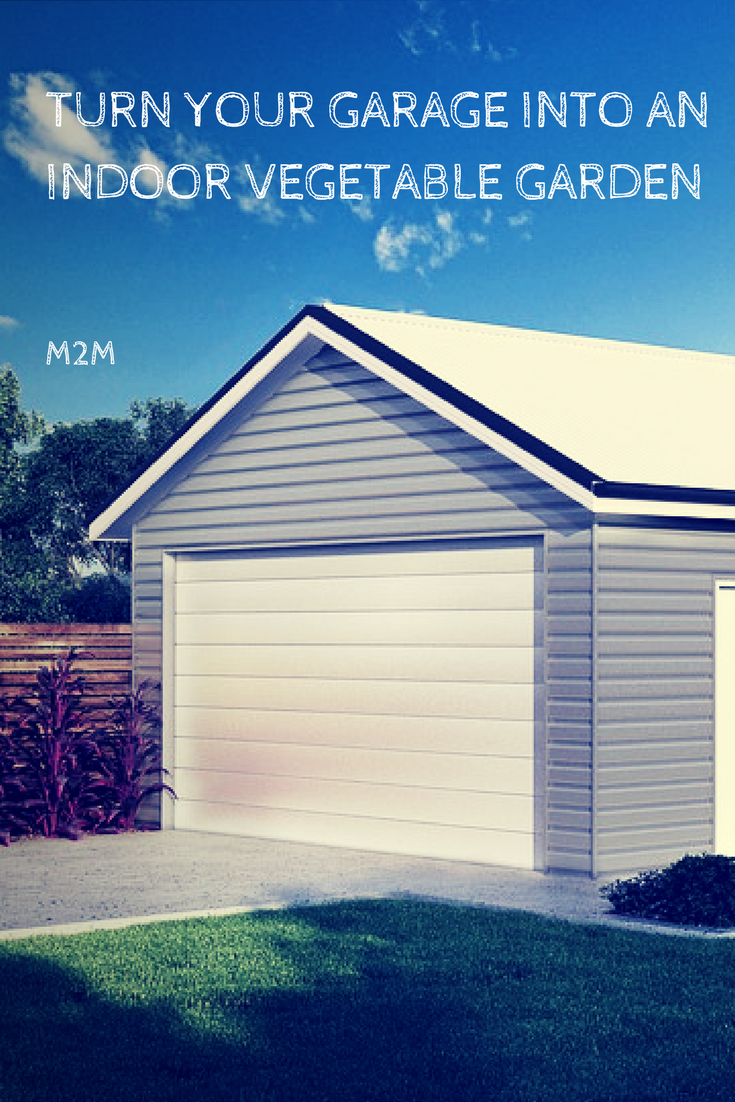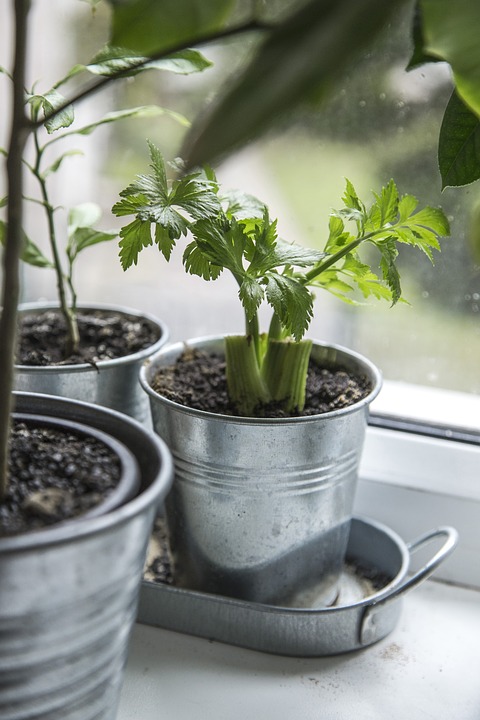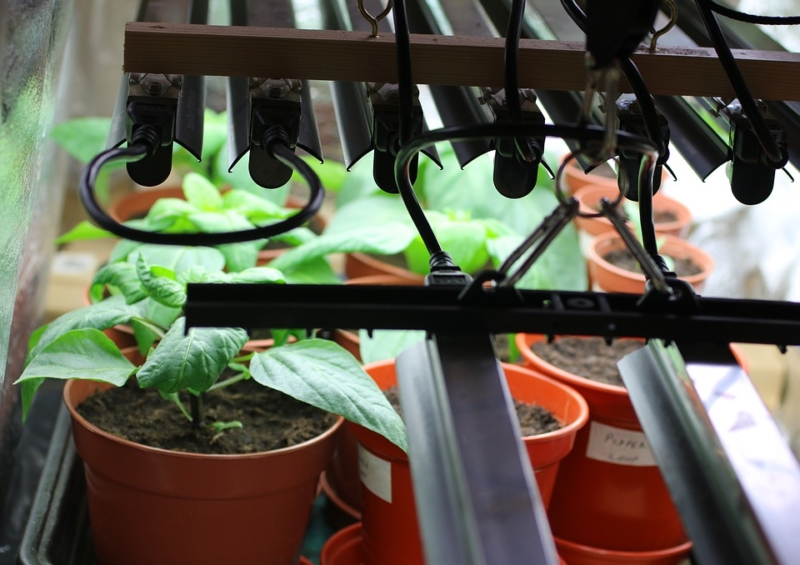
You recently discovered your love for gardening. You were influenced by your friends. As a result, you spend most of your time tending to your vegetable garden. You also consider gardening an excellent way to relax. Especially, when you have a stressful day at work. Winter is approaching, and you dread all of your vegetables dying. You know that these plants don’t do well in weather that’s too cold. But, all is not lost. You can grow your vegetables during winter. Simply use your garage space as an indoor garden. Sounds exciting, right? Here’s a few things you will need before you turn your garage space into an indoor vegetable garden:

- What will you use as containers?
Your vegetables were originally planted in the ground. Since, you’ll be growing them inside your garage, you will need to transfer seedlings into containers. Depending on the size of your plants, you can use pots or recyclables for this one. If you have a container garden on your deck or patio, you can move the pots into your heated garage area. Remember, the temperature must be hot enough to continue the plants growth.
- How’s the space inside?
Space is the most important things you should think about when planning your indoor garage. You should consider how large or tall your vegetables will get. You don’t want to cramp them and prevent them from growing. For example, if you have tomatoes you must allocate space so they can grow up. Furthermore, you can organize your area based on the kind of vegetables you have.

- How about the lights?
Just as important, vegetables need a good source of light and heat to grow. Unfortunately, you won’t get enough light during the winter even if you’re using garage doors with windows like Costco Garage Doors. So, you should come up with an artificial lighting and heating system. Fortunately, you can purchase artificial lighting from a variety of stores.
Next, consider how you want to set up your lighting system. Do you want the lights low or high? For example, if you’re starting seedlings you will want the light within inches of the plants. They need the light and heat to germinate. If your plants are established, keep the light at least a foot from the plant. You will have to adjust the lighting as the plants grow.
And the water?
In addition to heat and lights, water is a necessity for your vegetables. And since your garage can’t “naturally” produce water for your plants you will need to manually water your plants. In watering your vegetables, be wary of the amount of water you put in each of the containers. It’s important to not overwater them.

In Conclusion
Finally, indoor gardening might be new to you. But, there are several benefits you can get from turning your garage space into an indoor garden. You can have fresh vegetables year round regardless of the weather. So, turning your garage space into an indoor garden is an excellent way of using the space. However, you must consistently put in time and attention to maintain them. Your vegetables still need TLC even if it’s sunny, raining or cold outside!
 About the Author: George Anderson
About the Author: George Anderson
George is a specialist when it comes to garage doors. Working in the industry for over 20+ years he takes pride on helping his clients fulfill their needs when it comes to garage construction. He currently writes on behalf of Shop Garage Door. In his spare time, he loves spending time with his family.






Speak Your Mind